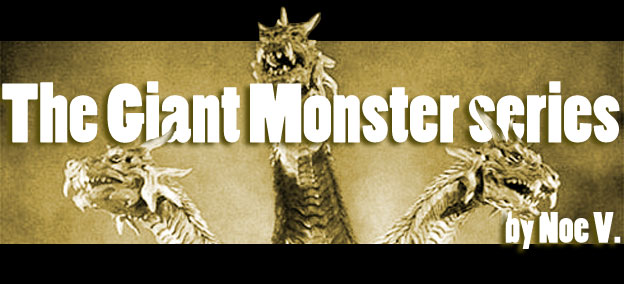
Friends, this is a repost from an old 1UP series. It took a long time coming as I had started on it a little when my computer crashed in 2009, then I went back and added some new things after my second computer crashed in 2016. I put the idea on the back burner until I was able to restore my system. As you can see it took a while for that to happen. What I'd like to do is celebrate the most influential giant monster games of the past two decades. The entire reason I went back to the archives was because of the Rampage movie featuring Dwayne "the Rock" Johnson. I have little-to-no-faith that Hollywood will make a good movie out of a fan-favorite game. In fact the series itself made fun of the idea back in 2006 with the game Rampage Total Destruction. In it the monsters could destroy the set that they were filming the movie in.There were many good titles and not-so-good titles released over that time as well as many rarely seen gems. We owe it to the creators to celebrate the best ones. The best way to do that would be to go back to the origins of the giant monster genre in pop culture and find out why it had such an enduring presence.
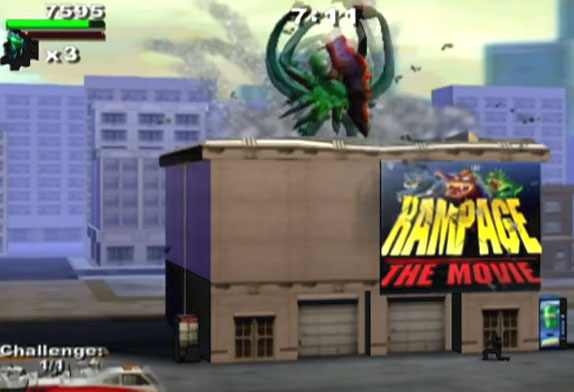
Giant monsters had been a part of the cultural landscape since the dawn of humanity. Before there were civilizations there were tribes. People were nomadic and fearful of the unknown. Their understanding of the universe was primitive by the very definition of the word. The sun, stars and moon were perpetually suspended in the sky. Perhaps there were giants holding the celestial bodies high above them? The forces that generated the winds and tides were invisible but sentient. Tragedy was always a step away thanks to these thinking but unfeeling phenomena. Origin myths were accepted as fact as they were passed down through the generations. Religion spawned around many of these myths. The gods of ancient Mediterranean, Asian and American cultures shared similar traits. Personalities reserved for people were applied to the invisible forces. Man created the monster as a way to cope with disease and disaster, whether they were self inflicted or natural.
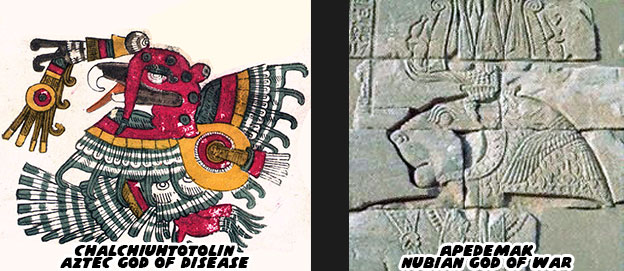
The myth of the giant monster was created to make sense out of chaos. It you were caught in a sudden rainstorm then it was because a god was weeping. Thunder and lightning were caused by giants fighting. Many of the ancient gods appeared as enormous beasts, some with the body of a man and some made up of multiple creatures. These were the precursors to the modern horror monsters. Stories of dragons, giants, ogres and trolls could be used to control the masses. Children listening to fairy tales were not far removed from followers listening to religious leaders. The monsters in the forest were in league with creatures in the closet, waiting to drag weak-willed people to the underworld. At some point the stories evolved to include lessons on morality and temperance. Heroes learned to be defiant in the face of adversity and remain faithful insurmountable odds. Jack could slay the giant just as easily as Jonah could accept his fate in the belly of a giant fish. The giant monster became a tool for writers and storytellers. Stories featuring giant creatures could entertain but they could be used to make audiences cope with their own mortality. The mix of entertainment and morality played best on the silver screen.

Audiences were blown away by the amazing effects featured in the original King Kong. A stop motion ape, no larger than a foot in real life, placed in front of a miniature jungle convinced audiences that lost continents existed. The sense of awe and wonder felt by audiences was palpable even decades after the film was released. The 1933 classic was re-released and remade several times over the past century. The modern retelling by Peter Jackson in 2005 cost millions to produce and used some of the most cutting-edge effects in a film. Whether they saw it in a theater, on re-release or television almost every cinema fan was very familiar with the story of the giant ape being taken from his primeval island and falling in love with a blonde explorer. Ultimately the giant ape is killed when he kidnaps the girl and climbs to the top of the Empire State Building and is shot at by airplanes.
King Kong became part of the mainstream consciousness and even influenced global culture. Decades after it was released a young Japanese game designer named Shigeru Miyamoto created two of the most famous gaming mascots ever. The mustached Mario was allegedly based on his old apartment manager however the title character, a large ape named Donkey Kong, could not have been more similar to the original Kong. He too climbed to the top of a structure while holding onto a blonde damsel. Plus he was only defeated when he fell from the structure. It was all too similar a scenario for Universal Studios and they sued Nintendo over the game. Thankfully Nintendo won and games inspired by other giant monsters could be developed as well.
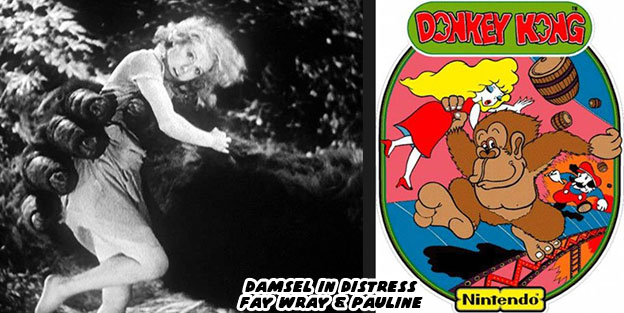
The monster movie genre peaked in the 50's and 60's. Post WWII America was in dire need of entertainment. The baby boomers were enthralled by the spectacle provided by monsters, aliens and creatures of all shapes and sizes. Studios were constantly battling to outdo each other with special effects. Camera tricks and stop motion models were used for some shots while gigantic animated props were used for close ups. These enormous creatures terrorized audiences and haunted the dreams of many a child. In essence the same visions of ancient gods were used to spellbind contemporary viewers. The earliest monsters created for film were often based on existing creatures. A lizard or insect made enormous was absolutely frightening. Of course today many of those early creatures could be considered campy but their entertainment value could never be argued. Those giant creatures eventually became woven into pop culture. The giant ants in the 1954 film Them! for example were undoubtedly the basis for the giant ants from the Man Ant episode of the Aquabats Super Show.
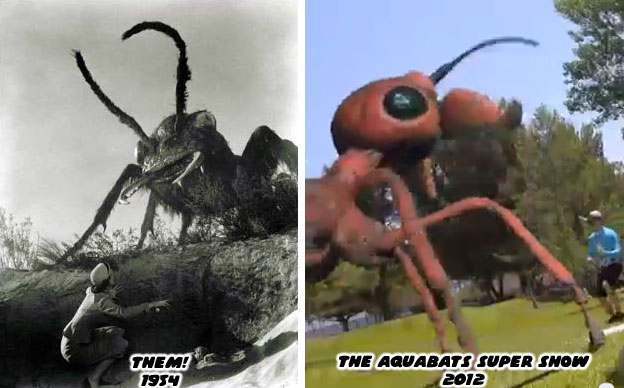
King Kong gave giant monsters a presence and personality. The monsters that came after built on his legacy and introduced new concepts to film. They developed trademark roars or other gimmicks to set them part from the other studio monsters. Overseas the influence of western movie monsters was not missed. The importance of the films and monsters coming out of Japan would forever change the landscape of cinema. The most important of these new movie monsters was the result of a great tragedy. We'll look at the daikaiju that started an industry in the next blog.
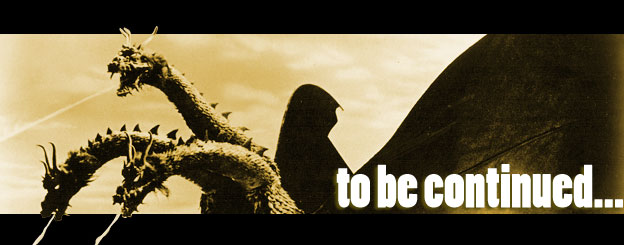
No comments:
Post a Comment